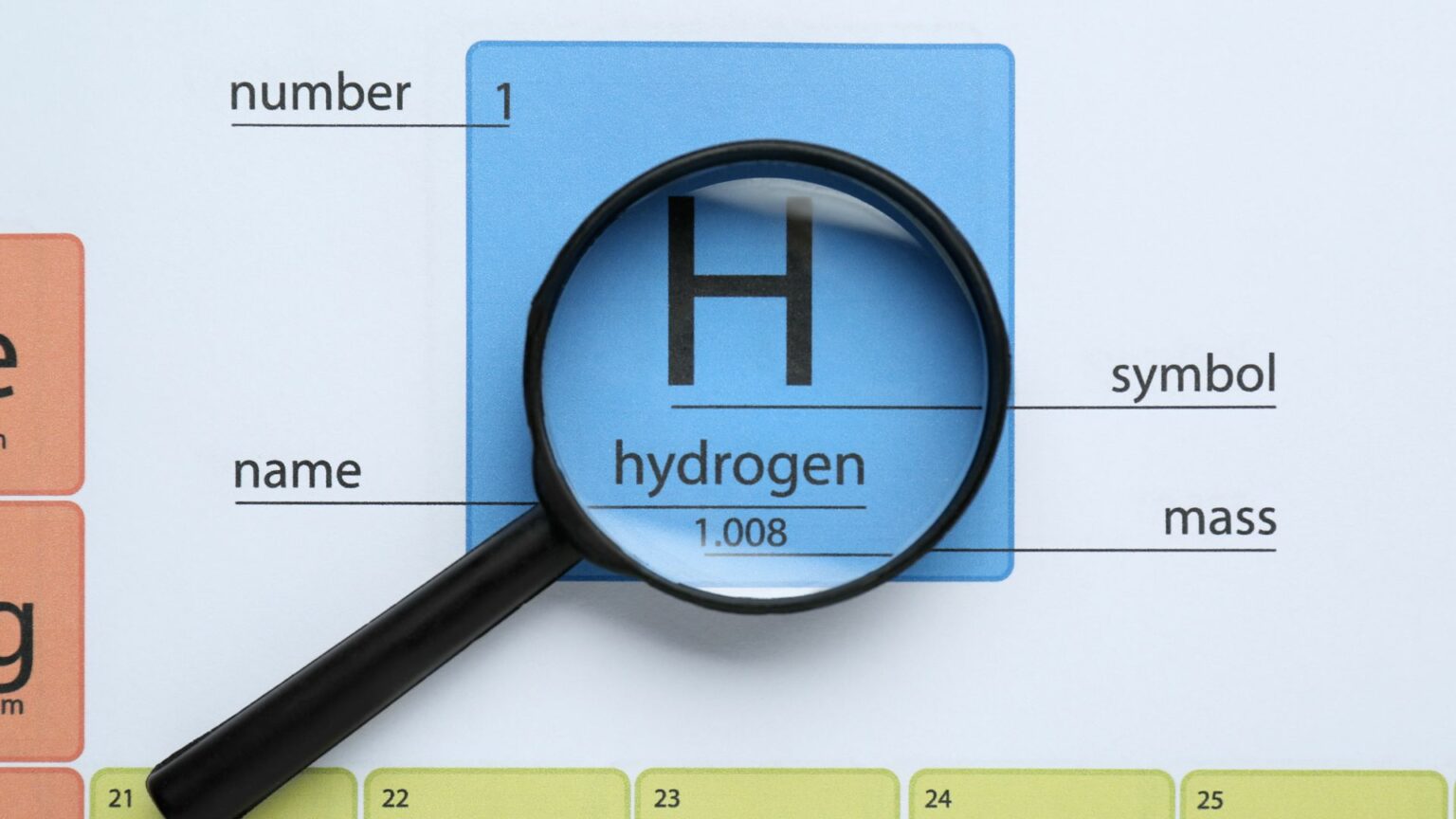Austria has announced €274.8 million ($291.6 million) in funding for four domestic hydrogen projects, signaling its intent to emerge as a central player in Europe’s hydrogen economy.
The investment—representing nearly one-third of the €820 million ($870 million) allocated under the national Hydrogen Promotion Act (WFöG)—marks the country’s largest single step toward scaling renewable hydrogen production and integrating it into future cross-border energy networks.
The Ministry of Economic Affairs confirmed that the funds, distributed through Austria Wirtschaftsservice (aws), will support OMV’s planned electrolyzer in Bruck an der Leitha, expected to be the country’s largest, alongside two green hydrogen projects in Styria and another in Salzburg. Collectively, the initiatives are projected to raise Austria’s renewable hydrogen output by one-third, underscoring a deliberate national focus on domestic capacity rather than reliance on imports.
Economics Minister Wolfgang Hattmannsdorfer contrasted Austria’s approach with the EU’s broader funding strategy, noting that “while the EU is dividing almost one billion euros between 15 projects in five member states, Austria alone is investing 275 million euros in four national projects.” The comment reflects Vienna’s intent to define its own hydrogen trajectory through targeted domestic investment, even as it aligns with the EU’s broader decarbonization framework.
The Hydrogen Promotion Act’s structure—ten-year fixed premiums for renewable hydrogen generated from non-biogenic sources via competitive auctions—signals an effort to blend industrial policy with market efficiency. By guaranteeing long-term price stability for producers, the scheme seeks to mitigate investment risk and attract private capital to a still-maturing sector characterized by high upfront costs and uncertain offtake dynamics.
However, production incentives are only one piece of Austria’s hydrogen strategy. The government has also committed to modernizing its gas infrastructure to enable hydrogen transport, storage, and cross-border trade. A revised Gas Industry Act, expected by mid-2026, will provide the legal framework for a dedicated hydrogen network and its integration into the emerging EU hydrogen backbone. This includes potential alignment with the planned “Southern Hydrogen Corridor,” designed to connect North African supply from Algeria and Tunisia to European demand centers.
The transition carries a substantial price tag. Austria’s gas sector estimates that roughly €3.5 billion ($3.7 billion) will be required to convert and expand existing pipelines for hydrogen use—investments deemed critical to ensure long-term competitiveness as neighboring markets ramp up similar infrastructure. Without timely adaptation, Austria risks becoming a peripheral rather than central node in Europe’s future hydrogen trade.
Technically, the focus on electrolysis projects in regions such as Styria and Lower Austria suggests a strategic alignment with renewable resource availability, leveraging both hydropower and emerging solar capacity. Yet the challenge lies in scale: even with the WFöG’s backing, Austria’s total hydrogen output will remain modest compared to larger European producers like Germany or Spain, where multi-gigawatt projects are already underway.
Stay updated on the latest in energy! Follow us on LinkedIn, Facebook, and X for real-time news and insights. Don’t miss out on exclusive interviews and webinars—subscribe to our YouTube channel today! Join our community and be part of the conversation shaping the future of energy.





